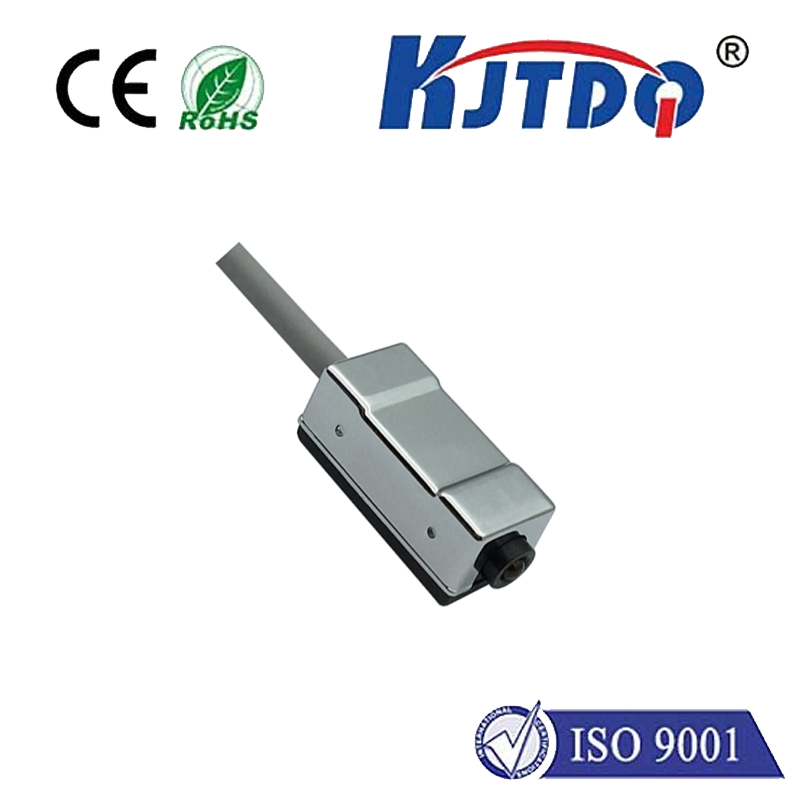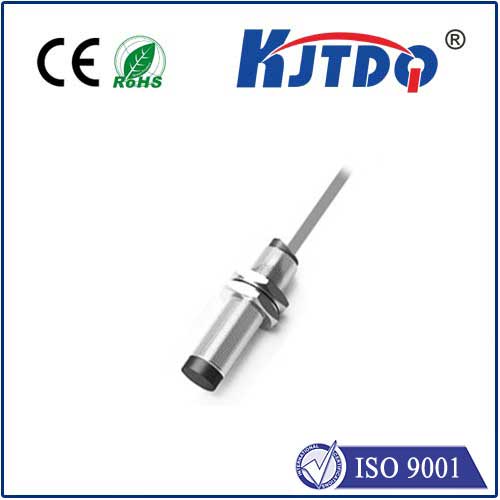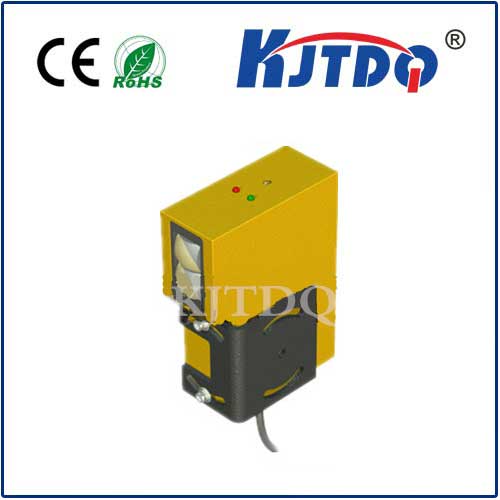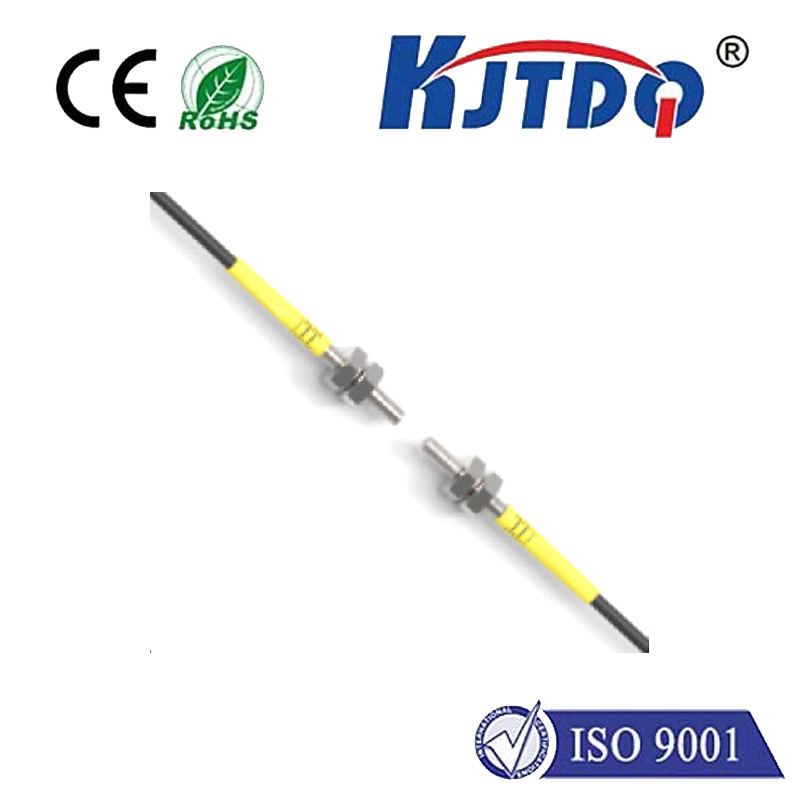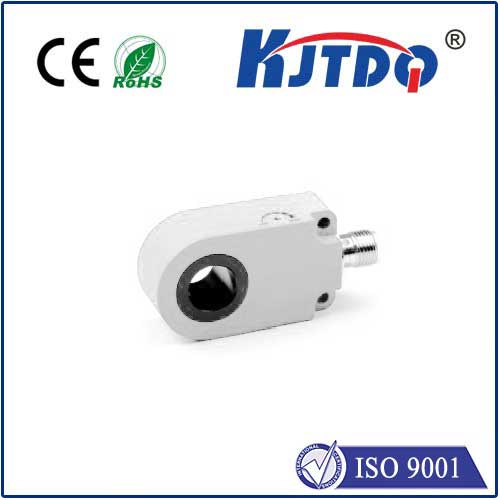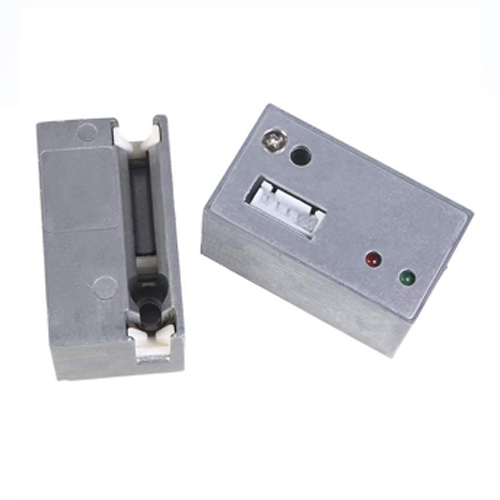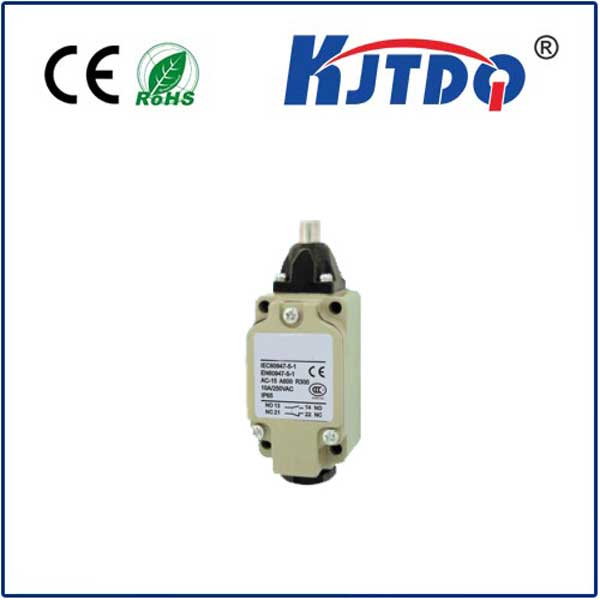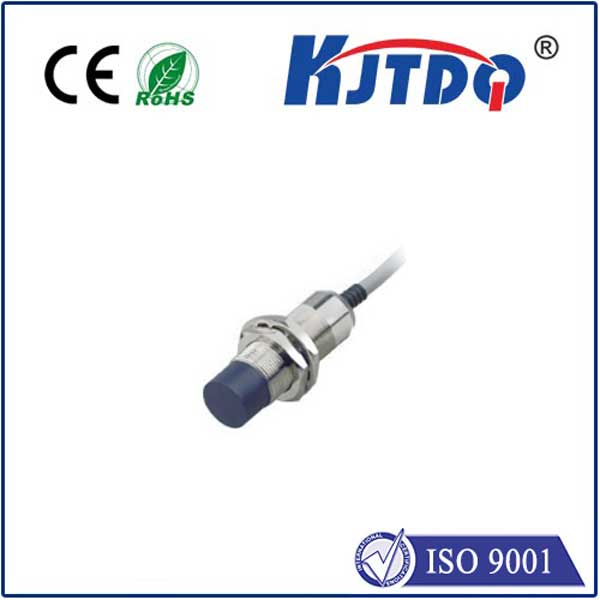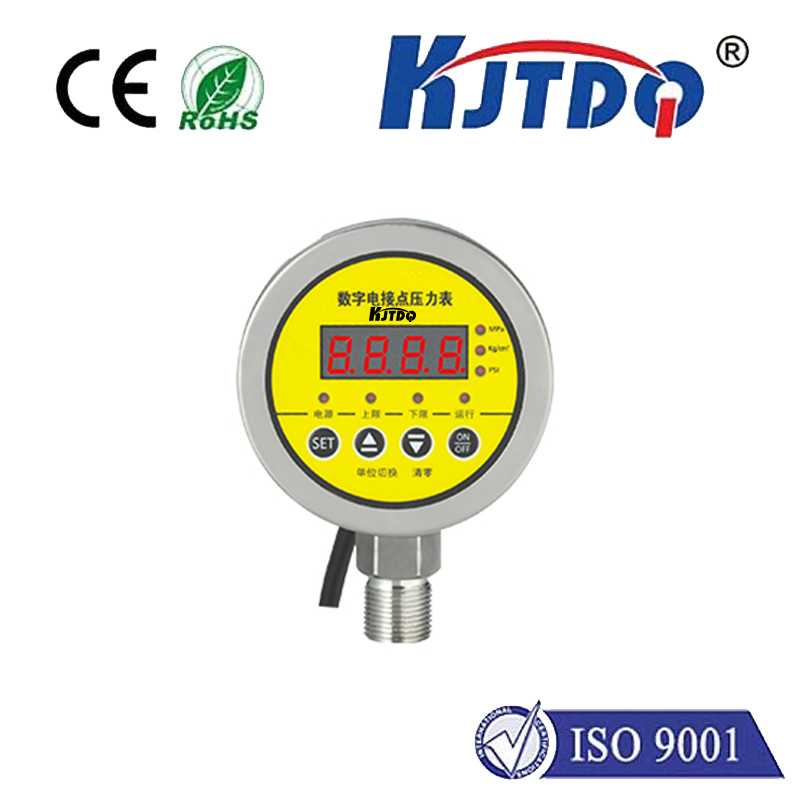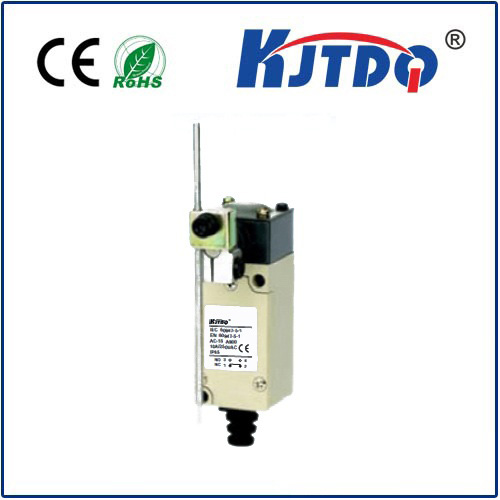

check

check

check

check
Optical Fiber Sensors: The Future of Precision Measurement
Optical fiber sensors are revolutionizing the way we measure and monitor physical parameters in a wide range of industries. Among the most advanced and versatile of these sensors is the FU-82A optical fiber sensor, which offers unmatched precision, durability, and adaptability. This article explores the key features, applications, and benefits of the FU-82A optical fiber sensor, highlighting its role in modern measurement technology.
The FU-82A optical fiber sensor is designed for high-accuracy measurements in environments where traditional sensors may fail. It uses optical fibers to detect changes in light intensity or wavelength, allowing for non-contact, real-time monitoring of parameters such as temperature, strain, pressure, and vibration. Unlike conventional sensors that often require physical contact, the FU-82A operates entirely through optical means, making it ideal for use in harsh or inaccessible environments.

One of the standout features of the FU-82A is its versatility. It can be adapted for various applications, from industrial monitoring to aerospace and biomedical fields. The sensor is capable of detecting minute changes in environmental conditions, making it a valuable tool in precision engineering and quality control. Its ability to operate in extreme conditions, such as high temperatures or high humidity, ensures reliability in challenging environments.
The design of the FU-82A also contributes to its efficiency and accuracy. The sensor employs advanced optical techniques, including wavelength modulation and intensity detection, to provide precise and reliable readings. These methods allow for high sensitivity and minimal noise, ensuring that even the smallest changes in the environment are captured with high fidelity.
In terms of installation and maintenance, the FU-82A is designed for ease of use. Its modular construction and compact size make it easy to integrate into existing systems, while its long operational lifespan reduces the need for frequent replacements. This not only lowers maintenance costs but also minimizes downtime, enhancing overall productivity.
Another important aspect of the FU-82A is its compatibility with modern data acquisition systems. The sensor can be connected to a variety of instruments, enabling real-time data analysis and remote monitoring. This feature is particularly beneficial in industries where quick decision-making is critical, such as manufacturing, energy, and healthcare.
In conclusion, the FU-82A optical fiber sensor represents a significant advancement in measurement technology. Its unique capabilities, including high precision, versatility, and reliability, make it an essential tool for a wide range of applications. As industries continue to demand more accurate and efficient measurement solutions, the FU-82A stands out as a leading innovation in the field of optical sensing.
